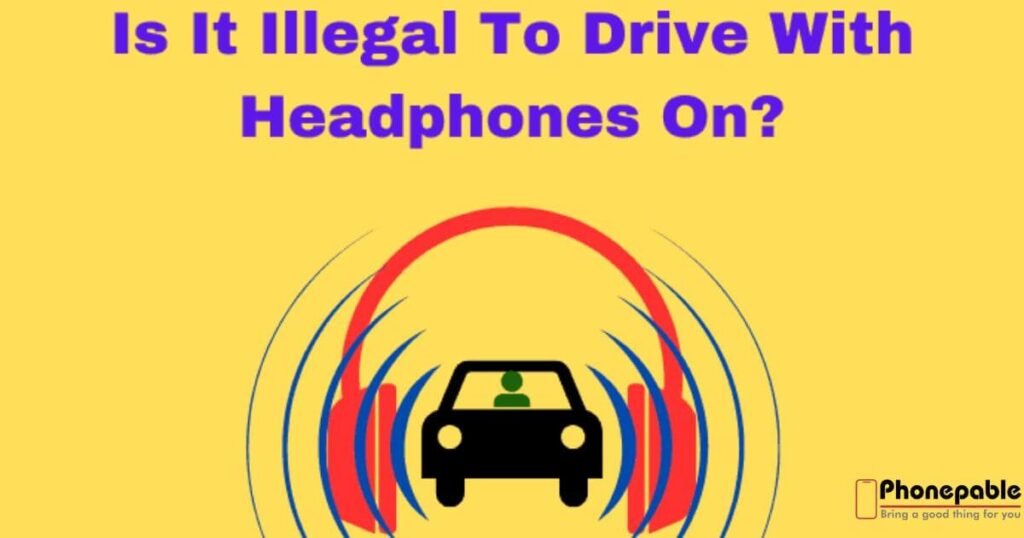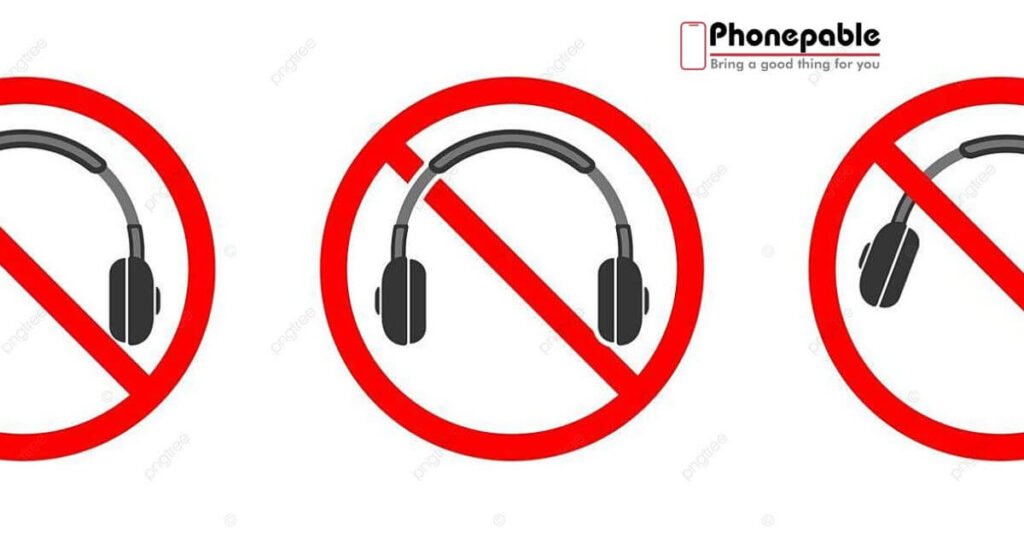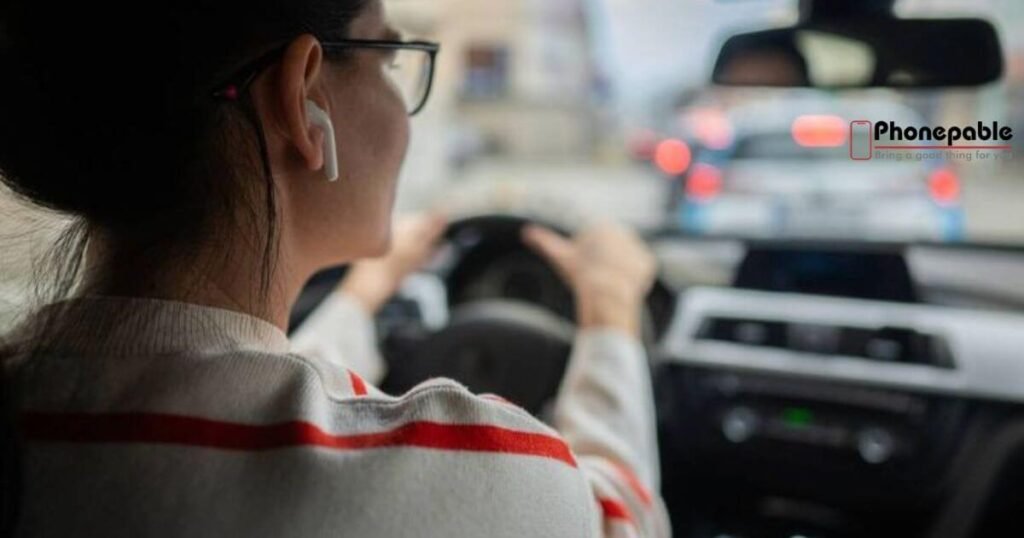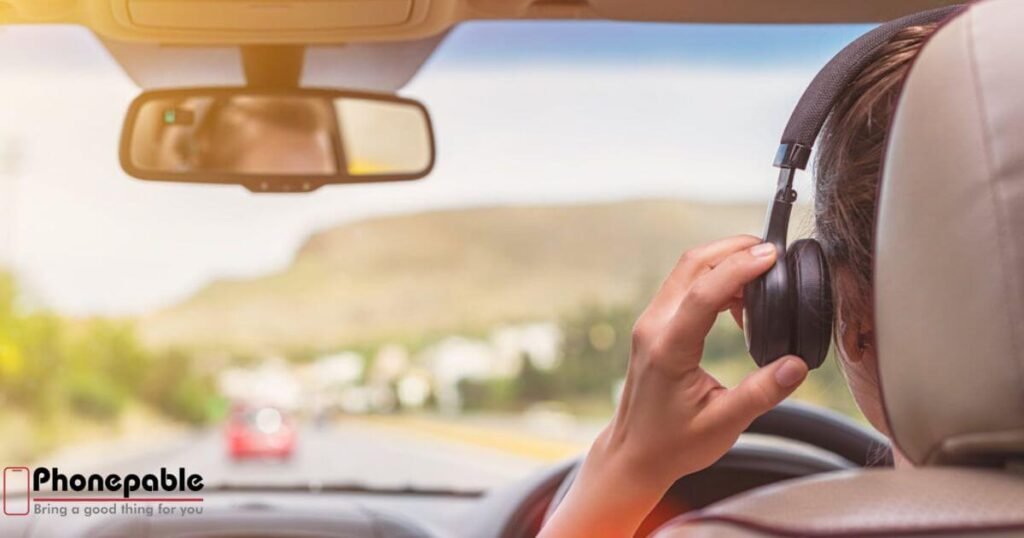
Driving while wearing headphones may seem harmless, but it can become illegal—or downright dangerous—depending on where you are. Many regions, including California, Louisiana, and Pennsylvania, prohibit the use of any headset that covers both ears. Other places allow a single earbud for navigation or calls, striking a cautious compromise. Still, even where it’s legal, using earbuds or a portable electronic device while behind the wheel may impair your ability to hear sirens, horns, or warnings. Whether you’re listening to music, podcasts, or directions, staying alert is crucial. This guide explores the legal landscape, safety concerns, and practical alternatives so you can drive smart—and stay safe.
Why This Matters for Drivers Everywhere
Almost everyone listens to music, podcasts, or GPS directions on the go. But when we plug in while driving—whether with over‑ear headphones or ear buds—we risk missing vital road sounds. This isn’t just a distraction—it’s a matter of safety and legality in many regions.
No Global Ban, But Many Local Rules
| Country/Region | Headphones Illegal? | Details & Exceptions |
| USA | ✅ Partial | Several states ban two-ear headphone use (e.g. CA, MD, MN, VA, WA, IL, PA) . Others allow one-earbud (e.g. NY, FL, CO). Remaining states lack specific statutes. | |
| India | ⚠️ Ambiguous, often enforced | Motor Vehicles Act prohibits audio distractions; state police (e.g., Kolkata, Bangalore) frequently issue fines (₹1,000–₹3,000) under Sections 184/218 l. |
| Pakistan | ⚠️ No specific law | No regulation on headphone use while driving; only noise pollution rules apply to loudspeakers . |
There’s no universal law prohibiting headphones while driving. Yet numerous jurisdictions—from U.S. states to parts of Canada, the U.K., and Australia—have restrictions. Laws vary dramatically: some forbid any dual‑ear listening, others allow single-ear use, and many don’t mention headphones at all.
Jurisdictions That Ban Headphones Completely

Legislation typically focuses on blocking both ears. In the U.S., states like California, Illinois, Louisiana, Maryland, Minnesota, New York, and Washington penalize drivers for full ear‑coverage. Other regions—such as certain provinces in Canada and parts of Europe—have similar bans, citing risk of muffled sirens and crash horns.
Single‑Ear Exceptions: A Common Compromise

Some regions allow one earbud or earpiece. Many U.S. states—Colorado, Florida, Ohio, and New York—permit this, but only for calls or GPS navigation. Other places, like Massachusetts, limit headphones strictly for navigation. Exceptions also exist for hearing aids, riders, or emergency responders.
Regions Without Specific Headphone Laws
Many areas don’t mention headphones in traffic law. This includes several U.S. states—like Texas, Michigan, and Montana—plus parts of Europe and Australia. Even so, drivers may still face penalties under general safe‑driving rules if headphone use contributes to poor situational awareness or an accident.
The Risks: Why Headphones Can Be Dangerous

Headphones block critical cues—sirens, horns, backfires. They also distract mentally and physically, delaying reaction time and increasing crash risk. Studies show distracted drivers are likelier to miss hazards or exceed safe speeds. Your ears must stay alert to drive safely.
Penalties and Fines: What You May Face
Penalties vary widely. In some U.S. states, minor fines ($50–$200) are the norm. In others, repeated offenses may add legal points or criminal charges . Internationally, careless headphone‑related driving might lead to fines or even license suspension.
Safer Alternatives for Listening on the Road

Don’t risk safety or legality. Use your car’s stereo or built‑in speakers, a Bluetooth headset, hands‑free phone mode, or dashboard audio systems like Apple CarPlay or Android Auto. These let you listen while staying connected and aware of your surroundings.
What to Do After an Accident Involving Headphones
If you’re in a crash and headphones might be involved, document everything: note traffic noise levels, take photos, get witness statements. This can help legal or insurance claims if headphone use played a role in reduced awareness.
How Laws Are Changing & What to Watch For
Headphone laws evolve. Many areas are adding or amending rules amid growing safety concerns. Stay alert for changes via government sources. Even law-abiding drivers can get fined if unfamiliar with new regional rules.
Frequently Asked Questions(FAQs)
Is it illegal to drive with headphones?
It depends—some regions prohibit full‑ear listening, others allow single earphones, and many have no specific rule.
Are single earbuds legal in popular jurisdictions?
Yes—in areas like Florida and Colorado, using one earbud for navigation or calls is allowed; always verify local laws.
Can wearing headphones result in legal trouble?
Definitely—if they block essential sounds or lead to unsafe driving, you could face fines or citations under general traffic laws.
How can I stay safe and legal while listening in the car?
Use car speakers, Bluetooth systems, or hands‑free devices instead of headphones.
Should I avoid headphones even if legal?
Yes—headphones reduce awareness and slow your reactions, increasing crash risk even where allowed.

